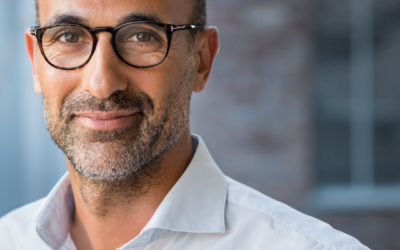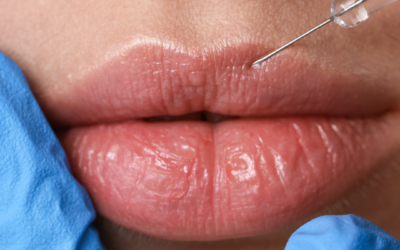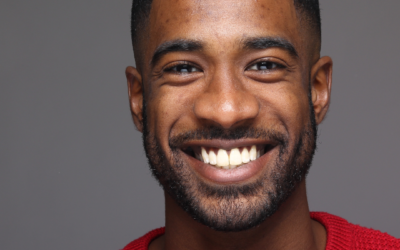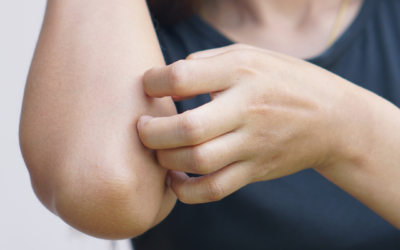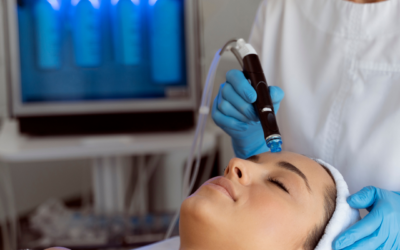
While we often think of blisters on our feet, these painful skin irritations can occur anywhere on the body. Blisters locations vary from person to person, but they will commonly occur in places body parts rub together or rub against clothing. According to Dr. Kurt Grelck, board-certified dermatologist at Forefront Dermatology in Stevens Point, Wisconsin, “Fortunately, blisters can be prevented by preventing chafing. To stop them before they appear, pay attention to your skin and take precautions if you know you’re going to do a lot of walking, running or other physical activity. I suggest the following blister prevention and treatment tips:”
Prevention Tips:
- To prevent blisters on your feet, wear nylon or moisture-wicking socks. If wearing one pair of socks doesn’t help, try wearing two pairs to protect your skin. You should also make sure your shoes fit properly. Shoes shouldn’t be too tight or too loose.
- During physical activity, wear moisture-wicking, loose-fitting clothes. Avoid clothes made of cotton, as cotton soaks up sweat and moisture, which can lead to friction and chafing.
- For problem areas, such as the feet or thighs, consider using adhesive moleskin or other soft bandages.
- Apply powder or petroleum jelly to problem areas: This helps reduce friction when your skin rubs together or rubs against clothing; powders can be helpful as well if sweat is significant component of your problem.
- Stop your activity immediately if you experience pain or discomfort, or if your skin turns red. If you have shoes causing blisters, remove immediately or bandage the area that is rubbing.
Treatment Tips:
- Loosely cover the blister with a bandage. Bring in the sides of the bandage so that the middle of the bandage is a little raised.
- To protect blisters in pressure areas, such as the bottom of your feet, use padding. Cut the padding into a donut shape with a hole in the middle and place it around the blister. Then, cover the blister and padding with a bandage.
- Avoid popping or draining a blister, as this could lead to infection.
- Keep the area clean and covered. Once your blister has drained, wash the area with soap and water and apply petroleum jelly. Do not remove the “roof” of the blister, as this will protect the raw skin underneath as it heals.
- If a blister is open and painful then pain can be greatly reduced during bathing by adding salt to bath water to mimic normal saline. (one kg of pool salt in a full tub)
- If an blister is large and open nonstick dressings can be a more advanced treatment to help absorb fluid and increase comfort.
- Open blisters are much more painful than blisters covered with Vaseline and a dressing.
“If you do get a blister, be patient and try to leave it alone,” added Dr. Grelck. “Most blisters heal on their own in one to two weeks. Don’t resume the activity that caused your blister until it’s healed.” As your blister heals, watch for signs of an infection. If you notice any redness, pus, or increased pain or swelling. If you notice any of these symptoms, schedule an appointment with a Forefront dermatologist near you.
Skin Struggles?
At Forefront Dermatology, we know that life is all about the moments when you don’t need us. That’s why we’re here for all the moments when you do. We offer comprehensive and compassionate care for all skin conditions and create customized treatment plans for all ages – even the tiniest of patients! Find a location near you today.
